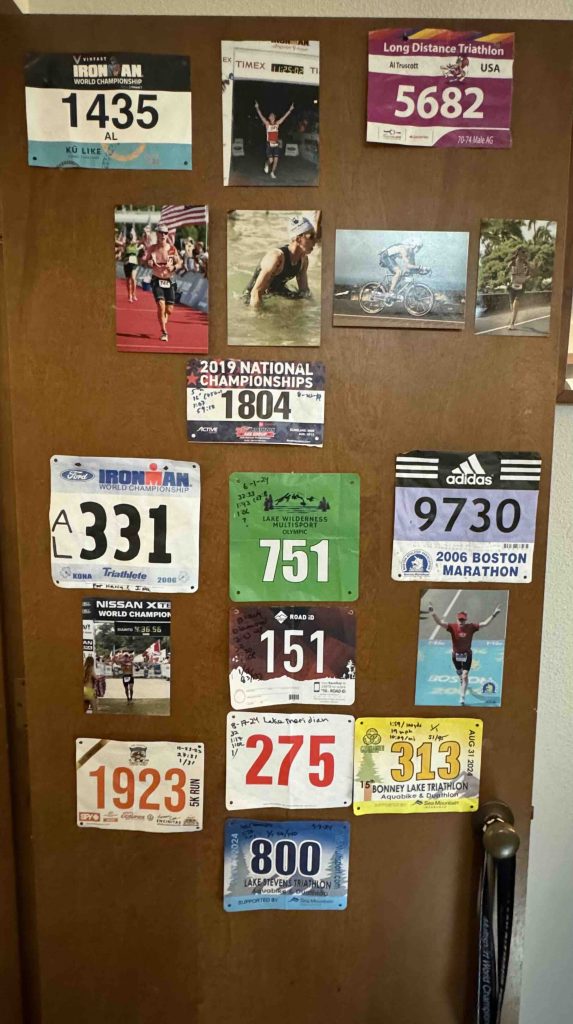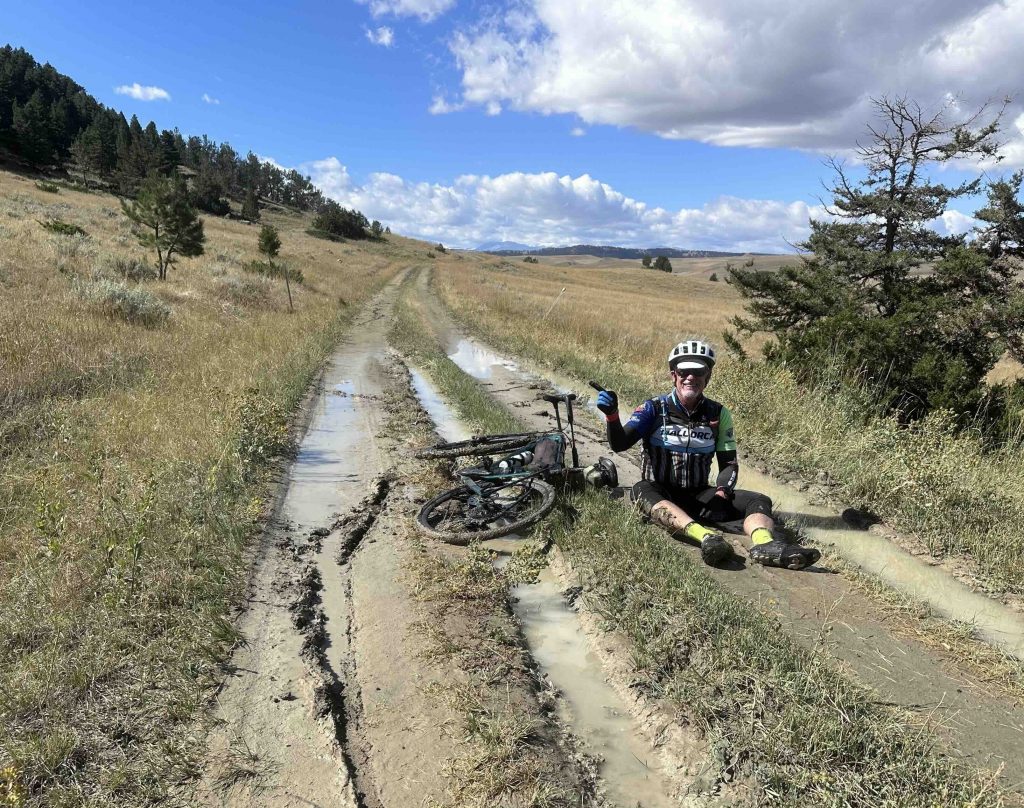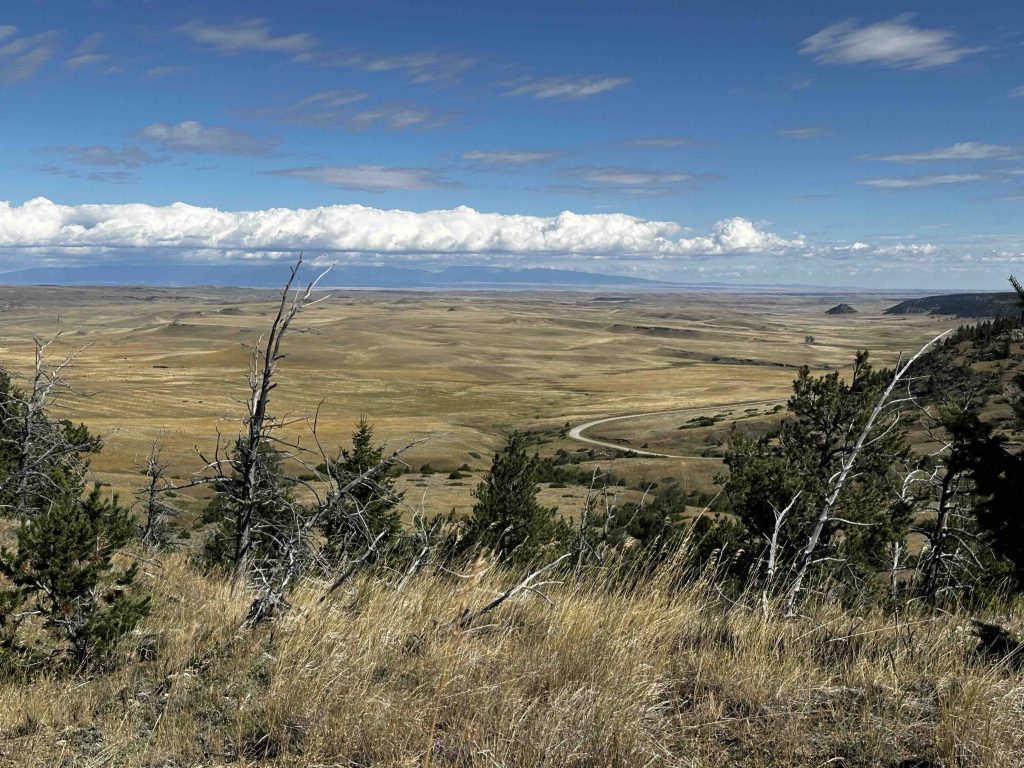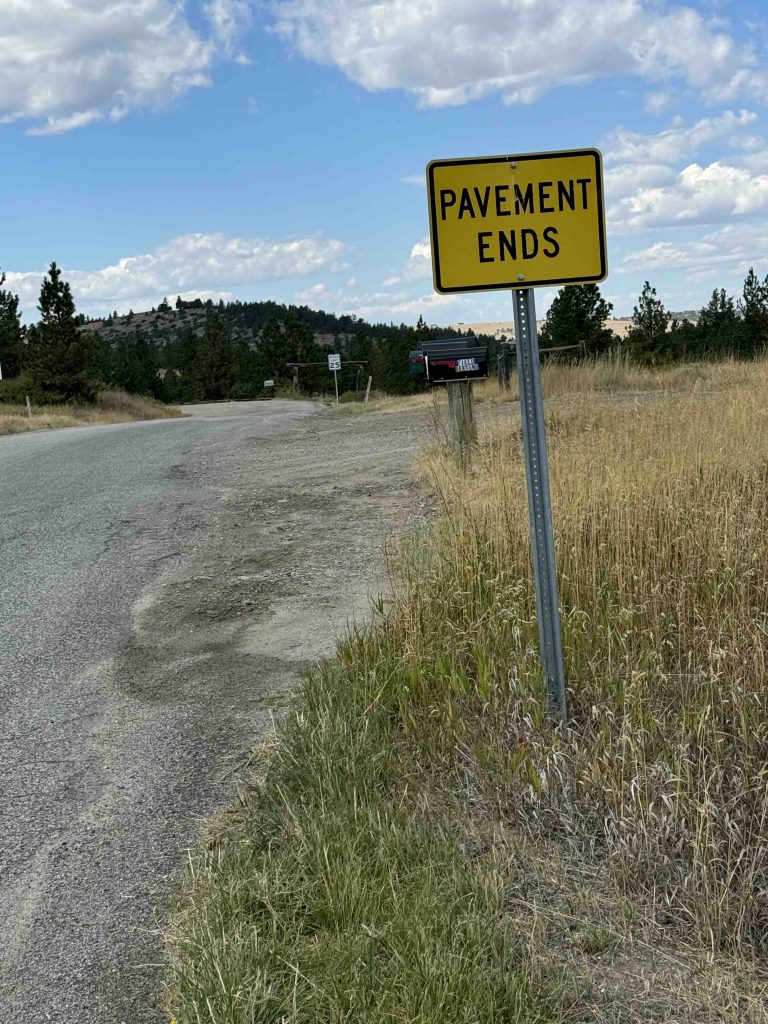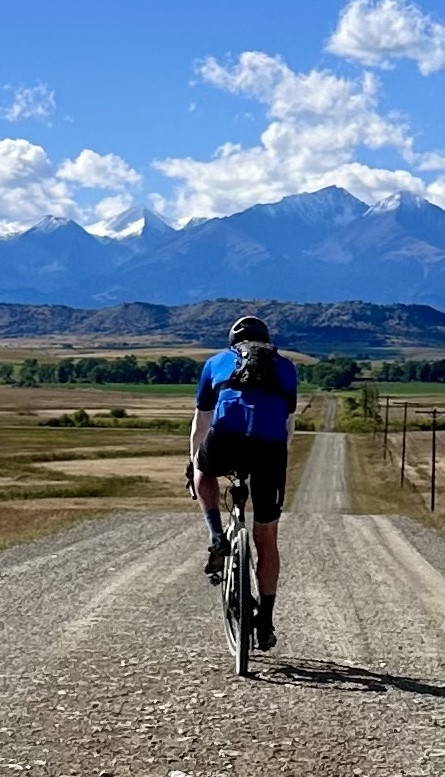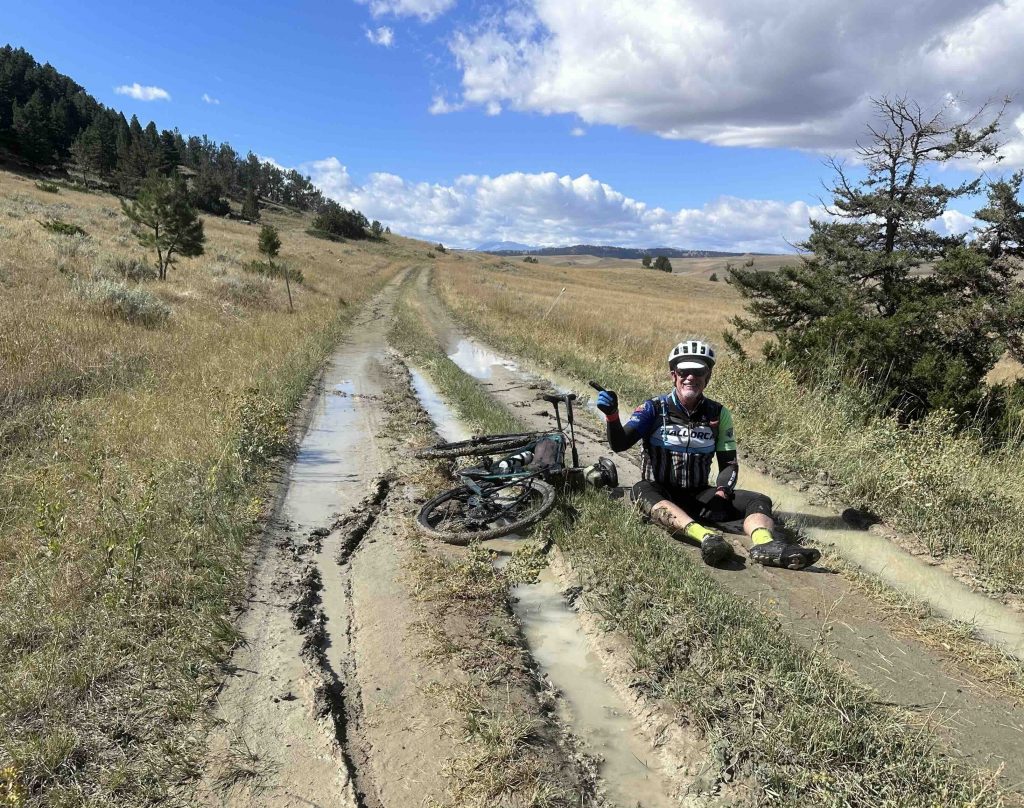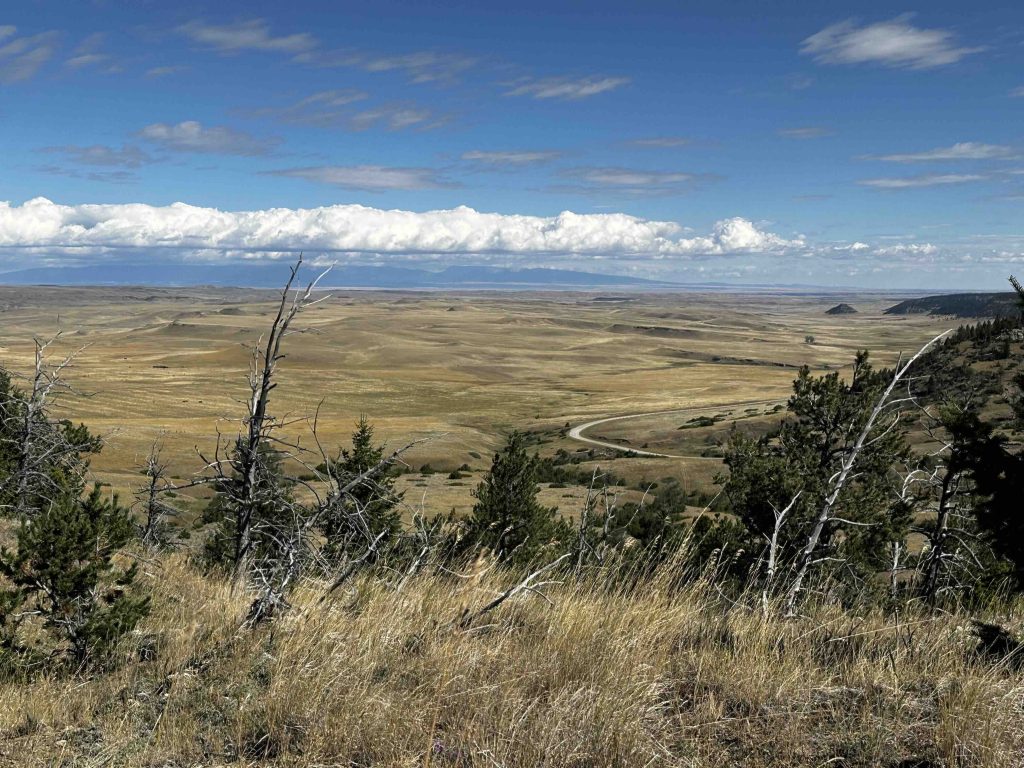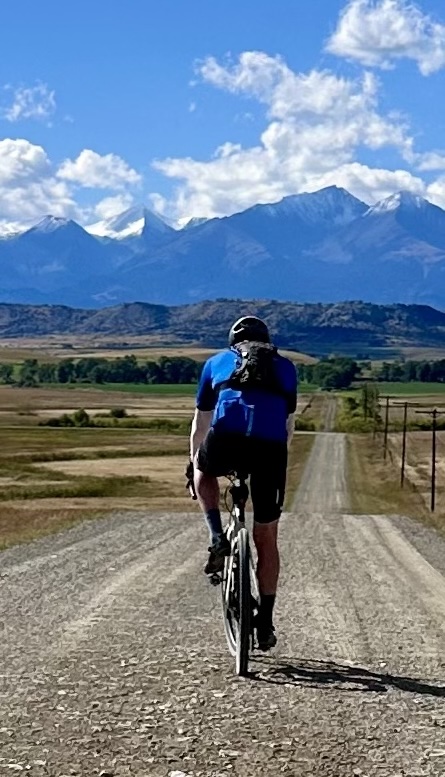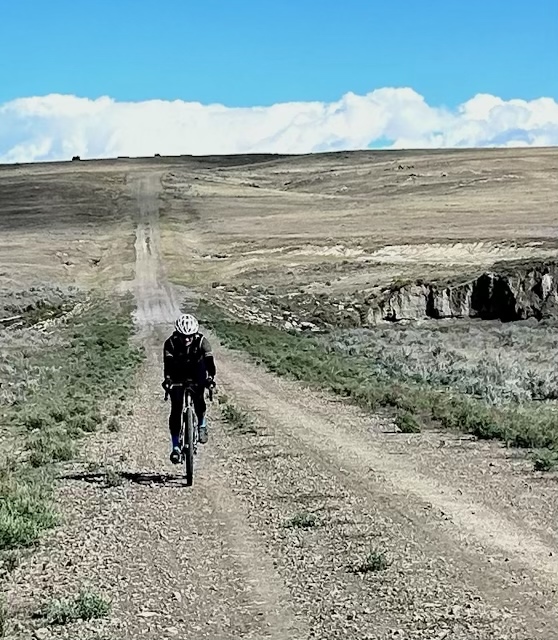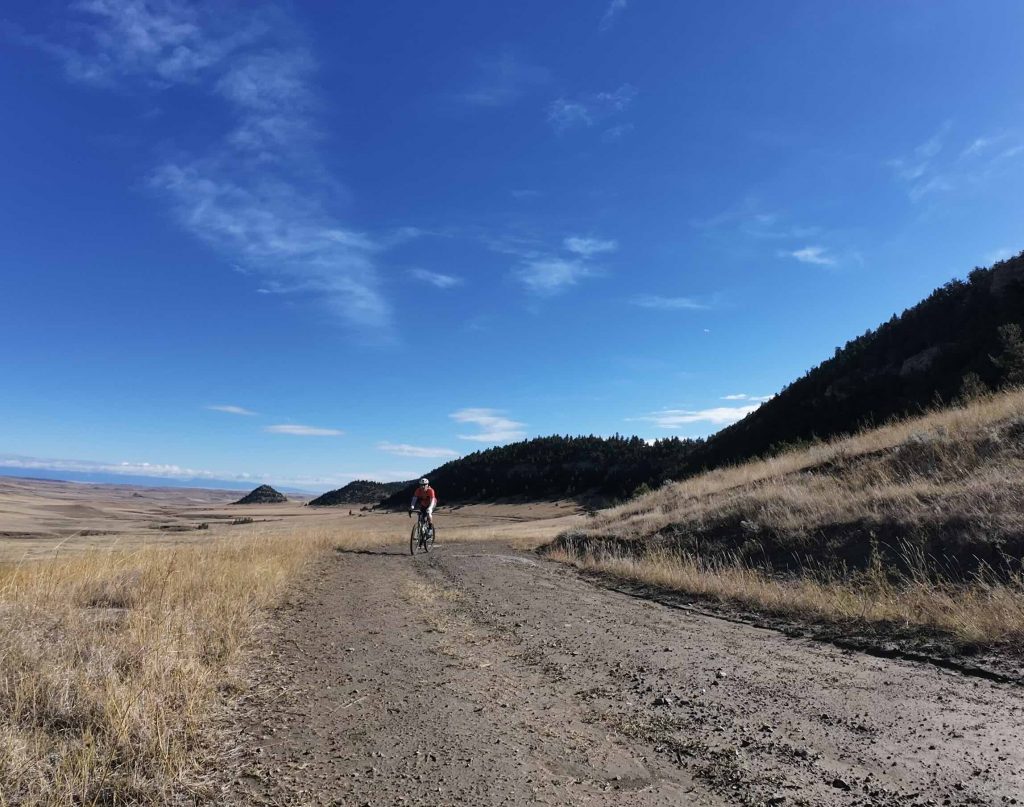I’m perusing some of my old writing, looking for additional material for a memoir-ish book I’m working on. This story, written circa 1985-90, carries its own preface. I’m breaking it into 3 or four parts, lightly edited…
[Ed. note: This was written 15 or 20 years ago. The first page of my only (hand-written) copy is labeled “2”, and the others are numbered consecutively after that. I can’t really remember what page “1” is supposed to say, although I’m sure it is the best single page I’ve ever written in my life. Extrapolating back from what remains, it probably describes a “perfect ski run”. I can imagine, given how page 2 begins, that it snowed 2-3 feet in Little Cottonwood Canyon between 3 PM and midnight, then the clouds parted, the temperature dropped to 0F, all the moisture was sucked out of the snow by the 9 AM first tram run, which I took to the top of Snowbird. From there, I stomped into my Haute Routes, strapped the cords around my calves, and skated towards “Teardrop”, an hourglass chute beneath the upper portion of the Tram. Or possibly whisked on over to “Great Scott”, or somewhere farther on in Peruvian Cirque. Then down Anderson Hill, and into the mogul fields of Silver Fox. The snow is bottomless, I have trouble breathing from endless face shots (I see some fellow powder hounds putting snorkels to good use), and I’m feeling at the top of my game. (For a memorable description of how an author feels when he loses something he knows was really good, see the preface to “Lake Wobegon Days”, by Garrison Keillor. That’s how I feel about this missing first page.)
However, the start of page “2” (which does begin at the beginning of a sentence, though not at a paragraph) seems to be a reasonable image for the beginning of a piece originally called “How to Ski”.]
…The cushioning of all that snow over the usually knee-jarring mogul field had a deliriously clearing effect on my brain. I suddenly saw that skiing in these bumps was simply a matter of moving my knees from my chest down to my ankles and back again as quickly and painlessly as possible. Spurred on by this thought, I shot across the bridge over Little Cottonwood Creek, bounded out of my skis, and raced into the tram building. Flashing my pass at the turnstile, I scampered into the waiting blue car, hogging a choice spot by the door, making the third tram easily.
Knee deep powder, first tram at Snowbird, and a clear, cold sky – this was my skier’s dream, and I was living it! I am not a professional skier; I don’t work at a ski shop or wait at tables at night. Yet day after day, all winter from January 1st to April 30th, I showed up every morning to catch the tram. I figured a job would just get in the way of my skiing; the only true ski bum is unemployed.
Ten years earlier, in Aspen, I’d tried the dishwasher route. At Guido’s Swiss Inn, no less! Guido Meyer, a millionaire European patriarch, was known to bodily boot out any male patron whose hair was not Swiss Army regulation length. He was the owner of the last neon sign in downtown Aspen. I heard the ad on KSNO for a dishwasher; it included the phrase “longhairs need not apply”. Since I’d been on the swimming team at college just before I left in December, my hair was still reasonably short. As I approached the restaurant, I saw the famous sign, “Hippies Will Be Shot” (this was in 1970). But I only had $180 and a beat-up Dodge, and if I wanted to ski, I needed money, and money meant work. As a 20-year-old college drop-out (majoring in Religion), I had few marketable skills. Luckily, dish washing was one of them.
Guido was a tall, overbearing man with heavy, greying eyebrows, and an accent so thick, I could barely understand the terms of employment. One dollar an hour, plus lunch and dinner, and a free place to sleep; four lunch hour shifts (11:30-2:00), and six dinners (5-10) per week.
Despite the lack of skiing time, I was satisfied with that winter. The only other skiing I’d done was the previous winter over Christmas and Spring breaks, in Aspen, with my family. Only ten or fifteen days altogether. But like so many others (my sister, for one, who that winter was setting up her encampment in Ketchum, Idaho), skiing hooked me very quickly. Between peeling potatoes and zucchini, gutting shrimp and slicing carrots, I managed to sneak enough time on my metal boards to make it down Ruthie’s without embarrassing myself too much. But I was still doing my skiing on the beginner and intermediate slopes. The Ridge of Bell, the apex of Aspen Mountain, might as well have been on the moons of Jupiter, for all I might be able to schuss down its rock and bump scarred face. At that time, I was not ready to give another winter over to the snow.
That time would come, I felt. But over the next nine years, it had to wait; I could only dream. In the meantime, I was engaged in a very long and frustrating rite of passage. Most people eventually reach a stage where they can at least present a reasonable facsimile of being an adult to the world. Being responsible, answering the phone when it rings, opening a checking account, buying on credit – all that is important. But behind it all lies that horrid phrase, guaranteed to strike catatonia into the darkened corner of us all where the eternal child hides: “Get a job!” For some people, it’s as easy as signing on at the nearest housing development, nailing two-by-fours together. Others have wistfully romantic dreams of living forever in ethereal thought, and endlessly grind their minds away in graduate seminars on English Literature. Still others seem hung up on “making a difference” in the world. With all these motivations, and others still, I entered medical school, hoping to become a psychiatrist. Having spent three successive summers leading a band of kids on a swimming team to three straight undefeated seasons, I figured I should be a child shrink.
I quickly discovered I couldn’t stand sitting around on my rear end eight hours a day listening to people tell me how rotten their world is or listening to other psychiatrists trying to build an ephemeral, pseudo-scientific infrastructure for their therapeutic adventures. So I turned to something a little happier, with a little more action, a little more structure. I would deliver babies. Now, don’t believe it when people say the only things certain are death and taxes. We all know about billionaires who pay Uncle Sam nothing. And as a doctor, I know that people are being pulled every day, not just from the jaws of death, but from its very bowels, regurgitated back into this life in a semi-digested state, but “living” nonetheless. No, the only thing certain, is, all God’s children got to be born. I figured I’d never lack for work if I took up that profession. Besides, have you ever seen the smile on a mother’s face as she plays with her minutes-old baby? A thousand smiles like that have gone by me, and I still get tears sometimes when I see it. There’s nothing like recurrent birth to keep a fresh feeling in one’s life.But learning that took time; four years in medical school, and another four in training at a hospital. Oh, they let us out now and then, blinking and coughing in the LA sun. And every free day (what few there were), I’d run away, to find some ice or snow, to ski.
[To Be Cont’d…]

